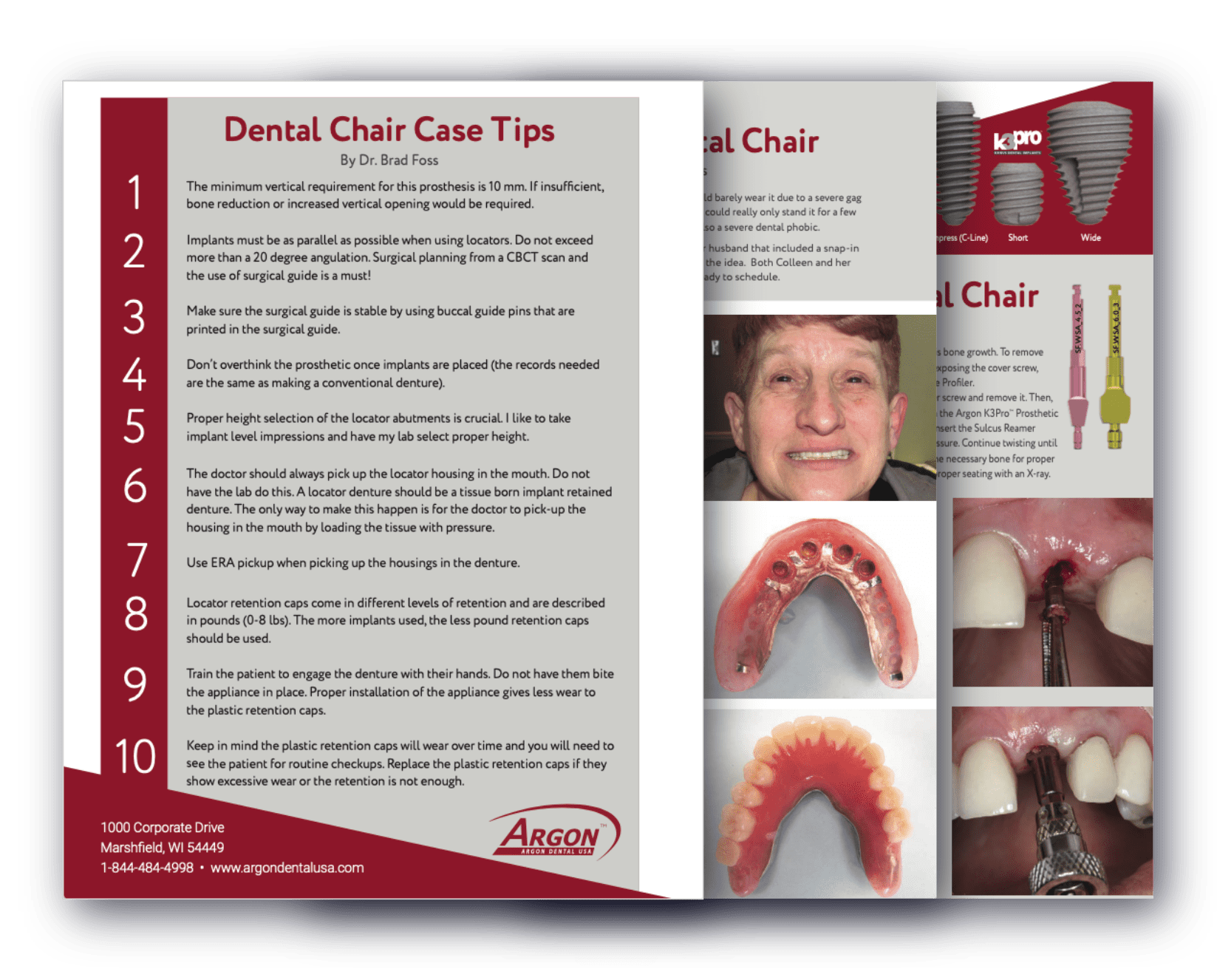The Dental Implant Osseointegration Timeline – What to Expect After Implant Surgery
January 8, 2024

Osseointegration happens when bone cells attach themselves directly to the implant’s surface. It plays a vital role in the success of dental implants.
Before performing an implant surgery, you should take the patient through the process and explain the osseointegration timeline to them so they know what to expect. Many patients may have concerns before surgery. During your appointments with your patients, take the time to really listen to them and address any concerns. Remember, a little empathy goes a long way. Communicate clearly and effectively with your patients to build trust and allay their concerns.
The osseointegration timeline can look different for different individuals based on factors such as the type of procedure performed, the density of the jawbone, and the individual’s overall health. We have outlined a general osseointegration timeline below.
➢ Immediate Post-surgery (24-72 hours after surgery): Initial healing is characterized by the formation of a blood clot at the surgery site. This can cause swelling, bruising, and discomfort. Pain relievers can be used to manage post-surgery pain. Some painkillers can have side effects and aren’t recommended for people with certain health problems. When prescribing pain medications to your patients, remember to consider any health issues they have.
➢ First Week: The initial healing phase continues. Swelling and discomfort gradually decrease over the first week after surgery. Patients must eat soft foods and avoid disturbing the surgery site.
➢ 2-6 Weeks: Soft tissue around the implant site starts healing. Patients should maintain oral hygiene during this period to prevent infection.
➢ 6 Weeks to 3 Months: The implant starts to bond with the jawbone. This marks the beginning of osseointegration. During this period, patients should see their dental surgeons regularly for checkups. Regular checkups give surgeons the opportunity to monitor progress.
➢ 3-6 Months: Osseointegration continues during this period. For some people, this process may be quicker. As a result, the next phase of the treatment (which may involve placing the abutment and crown) may occur sooner. For people who are experiencing bone loss in their teeth or individuals who need bone grafts, the process may take longer.
➢ 6 Months and Beyond: Once osseointegration is complete, the abutment and crown can be placed.
➢ Follow-up and Maintenance: After the final restoration is placed, the patient must continue to visit their dental surgeon regularly for checkups and practice good oral hygiene.
Here’s what you, as a dentist, can do to ensure osseointegration takes place!
➢ Before surgeries, assess bone quality and quantity and determine if bone grafting is needed.
➢ Use dental implant planning software to plan procedures.
➢ Consider atraumatic extraction to minimize trauma to the bone and surrounding tissues.
➢ Use the appropriate implant type, size, and surface texture based on bone quality and site specifics.
➢ Educate patients about oral hygiene practices.
➢ Consider using BMPs and PRP to stimulate bone growth.
➢ Applying controlled force to implants to promote micro-movements can stimulate bone growth under certain conditions.
Argon Dental helps dentists plan procedures from start to finish.
To learn more, call 844-484-4998.



